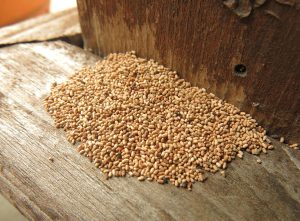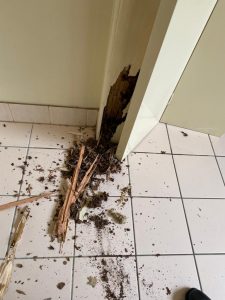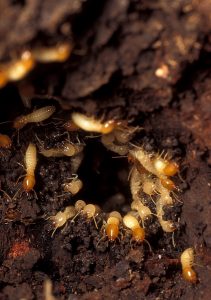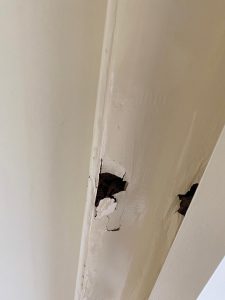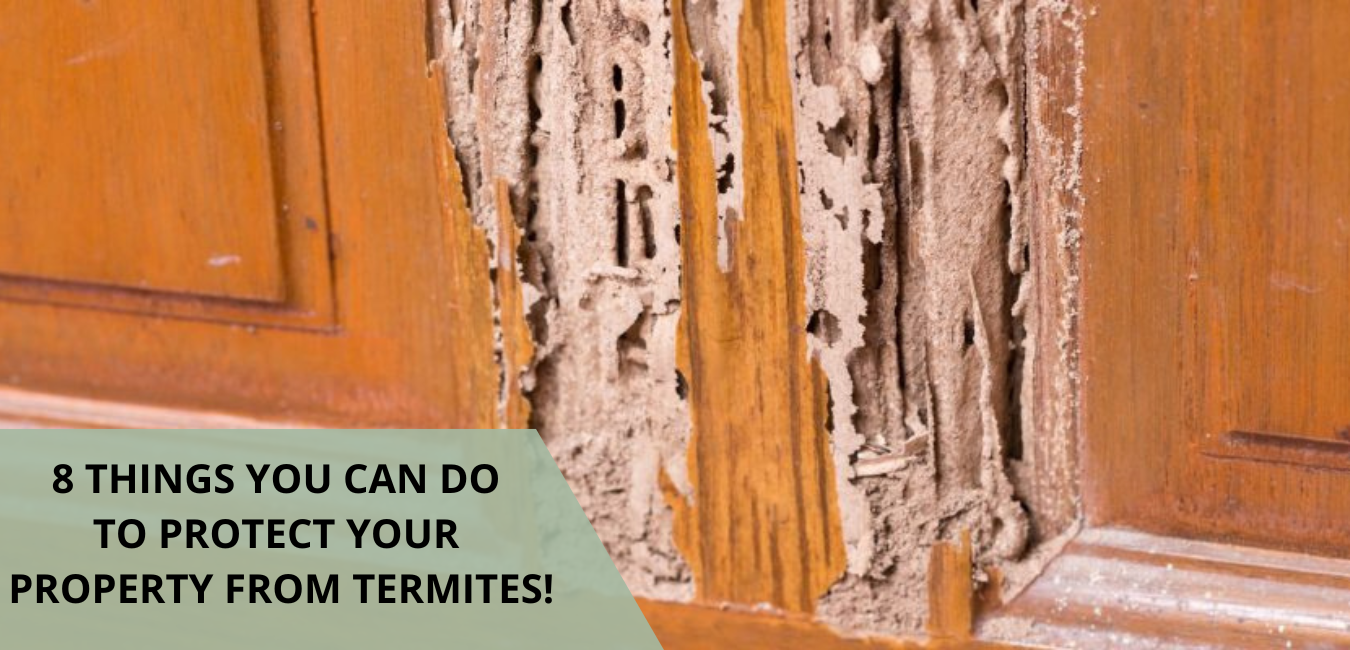
Termites! They are one of the biggest fears of property owners. Left to their own devices they are capable of raising a beloved Queenslander to the ground in months! The unusually wet weather experienced by the East Coast of Australia cause by La Nina weather systems means termites are on the move. Seeking higher and dryer grounds to nest. So what do you need to know and look out for to ensure you don’t end up with some unwanted roommates? Let’s discuss!
How to spot a termite:
In Australia there are some 360 species of termite, their main food source are dead leaves, branches, tree stumps, logs, timber etc. What do all these things have in common? Cellulose, that is where they get their nutrients. That being said they can’t eat every type of wood. They normally steer clear of hardwoods, treated wood and old dry timber that has become hard. For termites to be able to eat it, its needs to be a bit on the softer side.
There are two easy ways to tell the difference between an Ant and a Termite. The first of which is that most Ants are quite dark or black. Some ants might have a section of their body that will be red or green but never termites. Termites are always either, white, cream, transparent or a combination of all three. Another great way to be able to spot the difference, thought you might need a magnifying glass is the antennae of the insect. Ants have antennae that have an elbow which normally remains bent while the antennae of a termite does not. Their antennae are either straight or curved a little bit. (See image below)

Sometimes you might not see termites but there are other physical manifestations of their activity in the home. Things like visible damage to timber, sawdust like material that they have dropped or left behind and even their faecal pellets are good signs that they are active in the property. See images below for evidence of termite damage.
What should be done to get rid of and prevent termites:
The first things to note here is we want to ensure there is minimal cellulose-based material laying around the property that would attract termites. Not only do they like plant material but they also like moisture. For example a stack of wet firewood left leaning up against the house is basically an invitation for termites to move in.
So here are 8 easy things you can do to reduce the chances of a termite attack:
- Ensure gutters are free from organic material
- Ensure that branches are trimmed so they don’t overhang the roof
- Remove organic matter like piles of leaves, wood, mulch, logs and tree stumps from your property
- Ensure that leaks in the home are fixed promptly, e.g. taps, sinks and roof leaks
- Store firewood above ground and dry and don’t let it sit idly for long periods of time
- Do not have garden beds against the house walls
- Never leave paper, timber or cardboard laying in the yard
- Finally, and perhaps the most important one is to have the property inspected and treated as often as needed, normally once a year by a termite inspector
If you believe that you have found termites in or around your property the appropriate course of action is to leave them undisturbed. If you do disturb them, all you are doing is helping them spread. Make sure others know you might have found some and not to disturb them. Do not attempt to spray them or kill them with any household items or bug killers. Normally it does not work and will only help them spread. Finally contact a termite inspector straight away, the sooner they are dealt with properly the less damage they can inflict!


